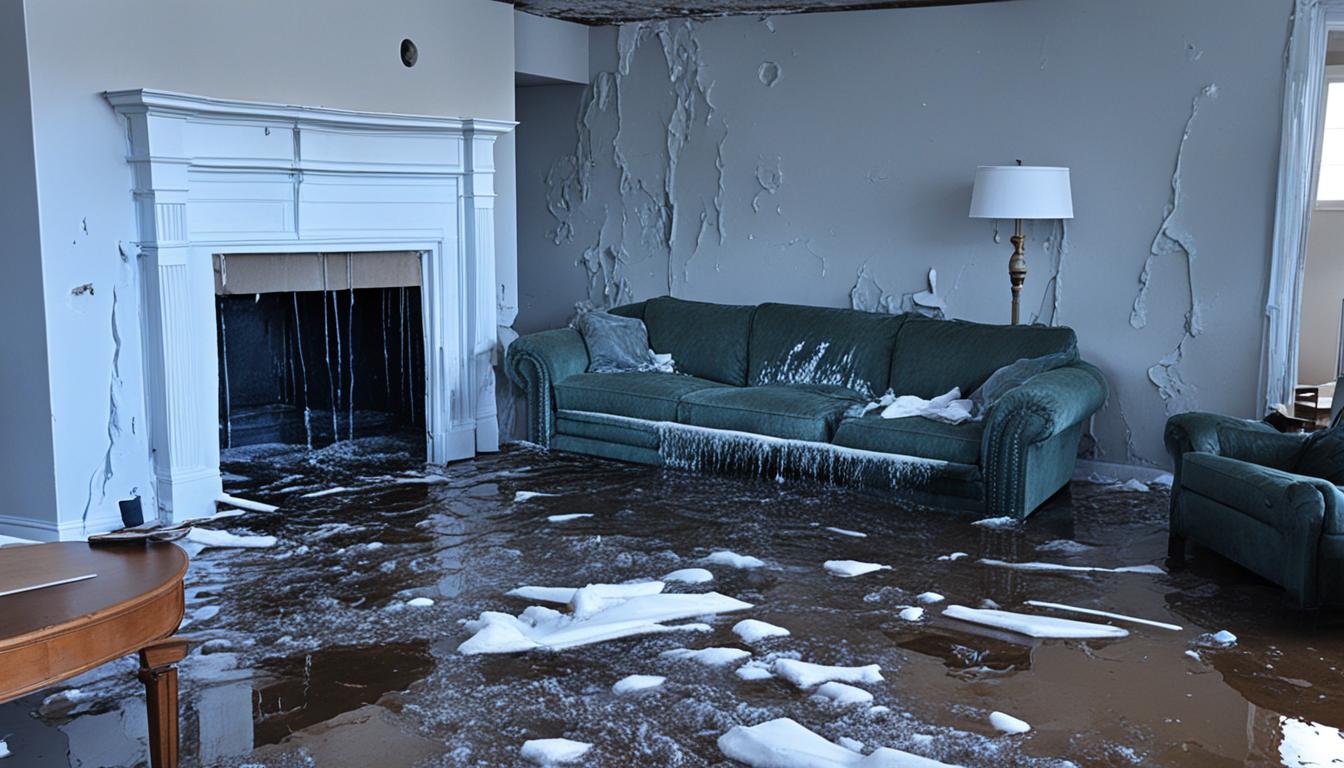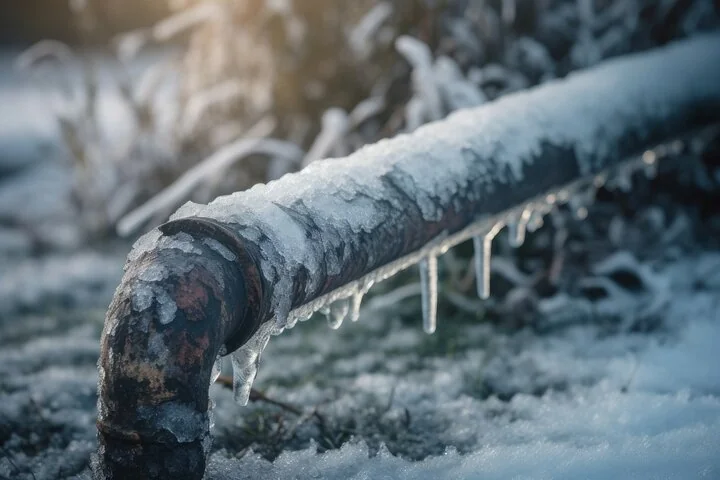Stopping Burst Water Lines: Necessary Tips to Secure Your Plumbing
Preventing burst pipes is an essential concern for property owners, particularly during chillier months when the danger of freezing is increased. Executing strategic measures such as proper insulation, regular evaluations, and maintaining consistent interior temperature levels can considerably minimize the likelihood of pipe failure.
Understand Pipeline Vulnerabilities
Understanding pipeline vulnerabilities is essential for effective pipes maintenance and stopping pricey damages. A number of elements add to the sensitivity of pipelines to bursts, consisting of product structure, age, and ecological conditions. Older pipes, specifically those made from galvanized steel or polybutylene, often degrade over time, resulting in boosted threat of ruptures and leaks.
Temperature variations can likewise considerably effect pipe stability. In chillier climates, water entraped in pipelines can ice up, expanding and putting in pressure on the pipeline walls, which might eventually bring about a burst. Moreover, high water pressure can stress pipes, especially at joints and bends, enhancing the probability of failing.

Insulate Piping Appropriately
Appropriate insulation of pipes is crucial for protecting against freezing and succeeding bursts throughout cool weather (burst pipe). Shielding your pipes system efficiently safeguards against temperature goes down that can lead to pricey damages. Begin by recognizing at risk locations where pipelines are revealed to outside temperatures, such as basements, attic rooms, and outside wall surfaces
Usage foam pipe insulation sleeves or wrap insulation tape around these areas to offer a safety obstacle. Guarantee that all sections of the pipelines, especially those with minimal heat direct exposure, get ample insulation. Pay unique interest to fittings and joints, as these are extra susceptible to cold.
When protecting, it's crucial to choose materials that satisfy neighborhood building ordinance and are suitable for the specific atmosphere. Fiberglass insulation is typically advised for its thermal resistance properties. In addition, consider using warm cable televisions or tape in severe conditions, which can be connected in to offer supplemental heat
Routinely examine insulated pipelines for any kind of indications of wear or damages, as endangered insulation can diminish its efficiency. By taking these aggressive measures, you considerably reduce the threat of pipe bursts, ensuring a dependable pipes system throughout the winter season.
Maintain Constant Temperature Level
A stable indoor temperature is vital for protecting against ruptured pipelines throughout the icy months. When temperature levels decrease, water within pipes can freeze, creating and broadening stress that might eventually trigger the pipes to burst. To reduce this threat, homeowners must maintain a regular temperature throughout their space, ideally no lower than 55 ° F(13 ° C)Making use of a programmable thermostat can aid take care of interior temperatures efficiently, guaranteeing that spaces with plumbing continue to be cozy also when your home is unoccupied. Pay special focus to areas that are a lot more prone to cool, such as garages, attic rooms, and basements. Keeping cabinet doors open under sinks can additionally allow warmer air from the home to flow around pipes.
Additionally, it is sensible to permit faucets to leak slightly during you could try this out extreme chilly spells. browse around here This minor circulation of water can protect against freezing by minimizing pressure within the pipes. Moreover, throughout particularly severe weather occasions, consider briefly putting on hold any nighttime troubles on your thermostat to maintain a stable cozy atmosphere. By implementing these techniques, property owners can considerably minimize the threat of pipe ruptureds and safeguard their plumbing systems against the harsh winter season aspects.
Frequently Check Plumbing
Regular examinations of pipes systems are vital for protecting against ruptured pipelines and keeping general home integrity. Regular checks permit home owners to determine prospective issues prior to they escalate into pricey repair work or significant water damages. Throughout these inspections, it is vital to analyze noticeable pipelines for indicators of corrosion, leaks, or wear. Pay unique focus to areas vulnerable to cold, such as cellars, attic rooms, and outside wall surfaces.
Additionally, examining joints and links is essential, as these points are usually vulnerable to leaks. Homeowners must also assess water pressure degrees, as excessive stress can strain the pipes system and increase the danger of pipeline bursts.
Think about scheduling expert pipes assessments a minimum of annually, especially before wintertime, to ensure your system is prepared for colder temperature levels. Regular examinations not just help in recognizing instant problems but also foster lasting upkeep strategies that can boost the life-span of your pipes system. By being aggressive in your strategy, you can guard your home versus the pricey and turbulent effects of burst pipelines. Focusing on plumbing evaluations is an investment in your home's health and wellness.
Know Emergency Procedures
Recognizing emergency situation procedures is crucial for every home owner, especially after carrying out normal plumbing inspections. Being prepared for a plumbing emergency can dramatically reduce damage and conserve costs.
Next, keep crucial devices handy. A pipes emergency package ought to Recommended Site consist of a wrench, plunger, and towels, in addition to a flashlight and a bucket for tiny leaks. Additionally, consider having the get in touch with details for a trusted plumbing conveniently offered, must the situation intensify past your control.
If you identify a leak or burst pipe, right away switch off the water and alert your plumbing professional. Document the damages with photographs for insurance coverage functions. Recognize the signs of potential plumbing concerns, such as uncommon water stress changes or damp places on walls
Eventually, positive knowledge and speedy activity are vital in taking care of plumbing emergency situations, ensuring your home continues to be protected and lessening possible damages.

Verdict
In verdict, preventing burst pipes demands a multifaceted strategy that includes understanding pipe susceptabilities, proper insulation, keeping consistent interior temperatures, regular inspections, and understanding of emergency situation procedures. By applying these essential techniques, the threat of pipes failures can be significantly minimized, thus ensuring the durability and performance of the pipes system. Positive actions not only secure versus potential damage yet additionally contribute to overall water conservation and the security of building.
In cooler climates, water caught in pipelines can ice up, putting in and broadening pressure on the pipeline wall surfaces, which might ultimately lead to a ruptured. When temperatures decline, water within pipelines can ice up, developing and expanding stress that may inevitably trigger the pipes to burst. By executing these techniques, house owners can significantly minimize the threat of pipeline ruptureds and safeguard their plumbing systems versus the severe winter months elements.
